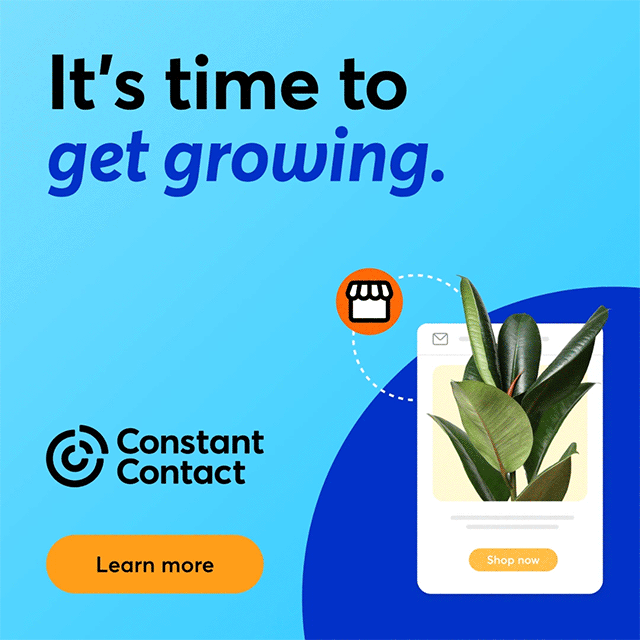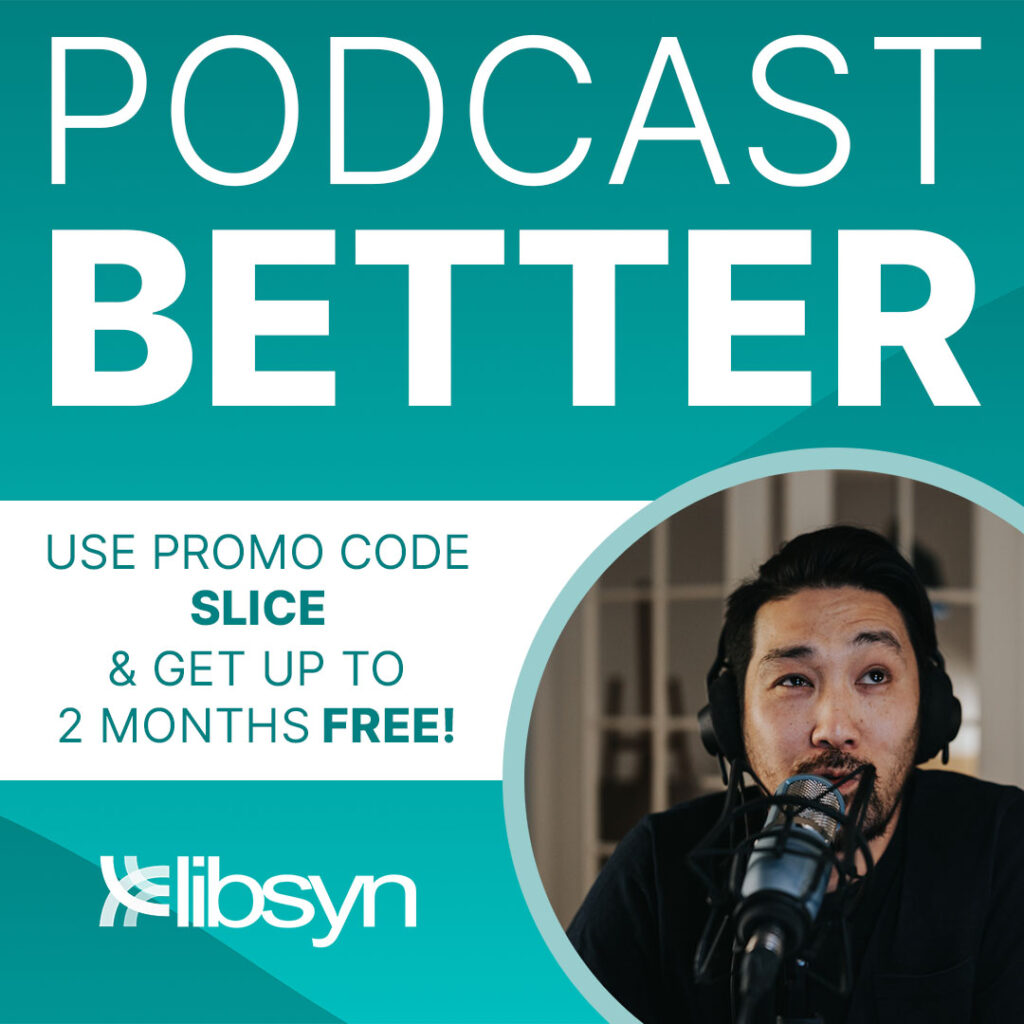Although inbound marketing has become very popular, a lot of people still have doubts about whether it actually works. This is because inbound goes against everything we’ve learned about marketing. When we think about marketing, we visualize a process of reaching out to the customer to convince them the product or service we’re selling is worth the investment i.e. we visualize outbound marketing. Inbound works in the opposite way. You don’t reach out to the customer; they reach out to you. And there are many inbound marketing techniques you can use to make sure that you don’t lose out when this happens.
The Outbound And Inbound Buying Process

To understand why inbound might work as well, or even better, than outbound marketing, just stop to think about your own buying process. How often are you actually swayed by outbound advertising or marketing that reaches out to you? When you see a billboard for Calvin Klein underwear, do you automatically rush to buy it? Or do you dismiss it right away, thinking that it’s not for you? The model might seem like an unreachable physical type and the brand might seem too elite for a regular person.
But when it comes to inbound marketing, you usually hear about the product from a friend—either someone you know personally or a casual Facebook acquaintance. You might even hear about the product from a book you’ve read or a blogger you’re following. There are many ways in which a person might just coincidentally hear about a certain product.
If you’re skeptical about this, think about your own experiences. Don’t you tend to follow up more on recommendations from friends, family or business associates? When you know that at least one person of your acquaintance has had a good experience with a certain product or service, you think it’s automatically more likely that you will do so too. This is because these people are close to you; they’re people you have something in common with. They’re not unreachable; they’re down to earth.
The Honesty Inherent In The Inbound Process
Another reason why inbound marketing works is because there’s something more convincing about hearing it from real people who haven’t been paid to promote anything. You know that that model up there on that billboard is making money from being featured in the advertisement. But your friend or family member who recommended a product to you isn’t being paid to do so.
This means the source from which you heard about the product or service is probably being a lot more honest. They’ll tell you what they liked about the product as well as what they didn’t like. Even if they recommend it, they’ll probably have a few words of caution. This is what tends to sway customers when it comes to inbound marketing—the honesty of the action.
Using Honesty To Your Advantage In Inbound Marketing
After someone recommends something, all the customer has to do is look it up on the internet and get more information about it. At this point, it’s best for the company to keep their inbound marketing strategy as neutral-sounding as possible. This doesn’t mean they shouldn’t be enthusiastic about their product. However, it’s best to avoid promotional/salesy content. What drew the customer to you in the first place was the honesty inherent in the recommendation. So you need to continue this process by being honest with your customer too.
Most people can look through a sales pitch these days. Promotional writing is neither interesting nor persuasive anymore. If you really want to persuade your customer, just try and give them as much information as possible. What are the different ways in which they can use your product? What are the different products featured in your product line? Testimonials from customers always have a ring of truth. Real-life stories and experiences are also interesting as well as informative.
All this material can be added to your website, blog or social media pages. And as you get more information, you can keep updating your online presence for better inbound marketing.
Contact us for more great tips on improving your inbound marketing strategy.








